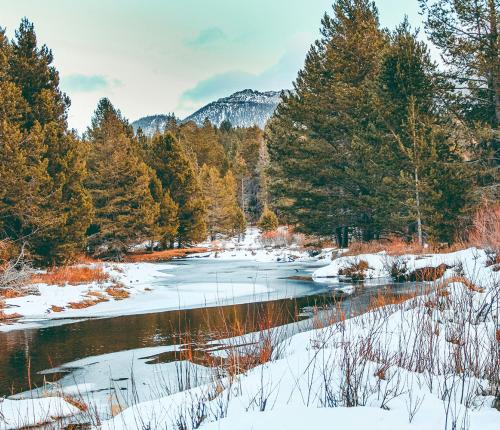
Address Climate-Caused Water Scarcity
Developing an AI-powered product that provides free, life-saving snow and water data to global water managers, scientists, and the public
The Problem
Globally, about 1.5 billion people depend on snowmelt for their sources of fresh water, and many are in climate-vulnerable regions like the Himalayas and the Andes. One of the biggest challenges in snow science right now is that officials and scientists do not have accessible methods for measuring the volume of water in snow in real-time so that they can make efficient and informed water management decisions. This is particularly critical as snowmelt and fresh water are increasingly threatened by climate change.
The Opportunity
The most accurate methods for measuring water volume in snow require large amounts of capital to acquire measurements (i.e. flying LiDAR planes, satellite remote sensing, or using SNOTEL data). Moreover, the same methods are time-consuming and largely unhelpful for making real-time water management decisions. Schmidt DSE is working to address these challenges by developing an AI-powered data product that will provide free, life-saving snow and water data to global water managers, scientists, and the general public.
Our tool will leverage freely-available global satellite datasets and be accessible via a web-based platform. This has the potential to significantly improve the reliability of snowmelt forecasting and help communities better prepare for extreme climate events including floods and droughts.
Key Highlights
- Developing an AI-powered data product that will provide free data to water managers, scientists, and the public.
- Creating a suite of recommendations to help optimize pipelines and data usage for staff at the California Department of Water Resources.
Our Impact
We are working to document and optimize the data pipelines for staff at the California Department of Water Resources (DWR). Our prototype is focused in the Sierra Nevada region. A significant portion of the state's snowpack originates in the Sierra Nevada and this is also a data-rich environment, which allows us to develop first-generation tools with higher levels of confidence and accuracy.
Early analyses of our interviews with DWR, academics, and private companies demonstrates that despite a wealth of data, decision making processes that work to incorporate those data are often inefficient. We are developing data visualizations and recommendations to help optimize data pipelines and decision making within and across watersheds. We are also scaling this work globally and interviewing water managers worldwide to lay groundwork for future tools.
We are grateful to our partners at the UC Berkeley Central Sierra Snow Lab, the International Centre for Integrated Mountain Development (ICIMOD) in the Himalayas, and the Nepal Development Research Institute (NDRI). We are working to determine whether free, globally-available datasets like satellite imagery provide enough information to be useful for local prediction.
Future Vision
We aim to release our initial research, tools, and recommendations for snowmelt monitoring to DWR staff in 2025. This year we are also working to scale this effort to snowmelt-fed geographies beyond California.



